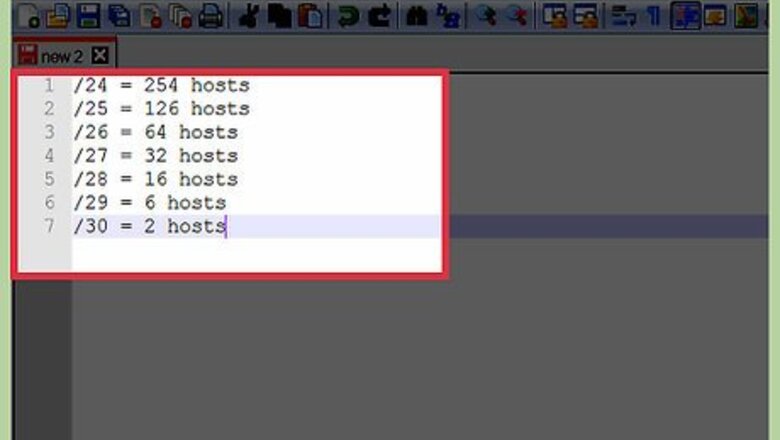
views
Using VLSM can accomplish this by wasting as few address as possible.
Suppose you are given the address block of 192.168.10.0/24 and you need the following requirements:
subnet A ~ 66 hosts
subnet B ~ 10 hosts
subnet C ~ 22 hosts
subnet D ~ 2 hosts
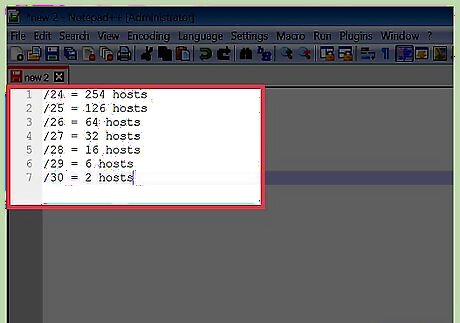
List all of your possible subnets. /24 = 254 hosts /25 = 126 hosts /26 = 64 hosts /27 = 32 hosts /28 = 16 hosts /29 = 6 hosts /30 = 2 hosts
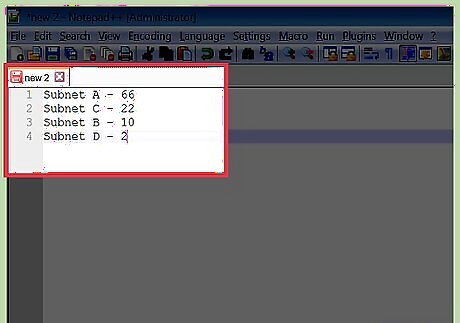
Arrange your requirements in descending order. Subnet A - 66 Subnet C - 22 Subnet B - 10 Subnet D - 2
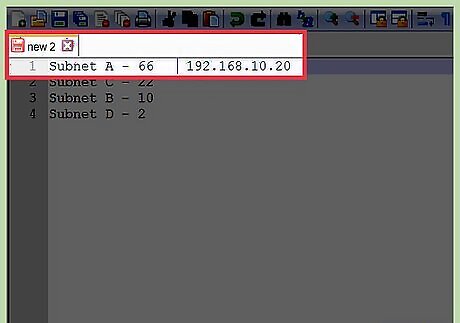
Assign the appropriate subnet masks to each subnet. Allocate the First highest subnet Assign 192.168.10.20 mask /25 for subnet A to satisfy there need for 66 hosts. The last octet of the subnet mask will be 1000000 (255.255.255.128) Assign the next highest subnet Assign 192.168.10.128 the mask /27 for subnet C; the last octet of the subnet mask will be 11100000 (255.255.255.224) Assign the next highest subnet Assign 192.168.10.160 the mask /28 for subnet B; the last octet of the subnet mask will be 11110000 (255.255.255.240) Assign the last subnet Assign 192.168.10.176 the mask /30 for subnet D; the last octet of the subnet mask will be 11111100 (255.255.255.252).
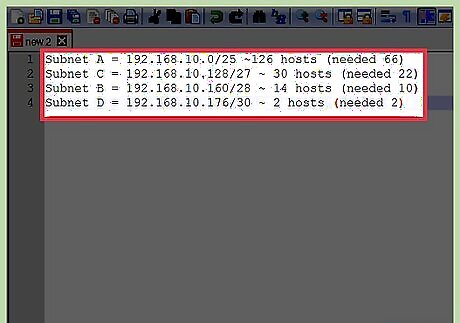
Review the Subnetting summary. Subnet A = 192.168.10.0/25 ~126 hosts (needed 66) Subnet C = 192.168.10.128/27 ~ 30 hosts (needed 22) Subnet B = 192.168.10.160/28 ~ 14 hosts (needed 10) Subnet D = 192.168.10.176/30 ~ 2 hosts (needed 2)




















Comments
0 comment